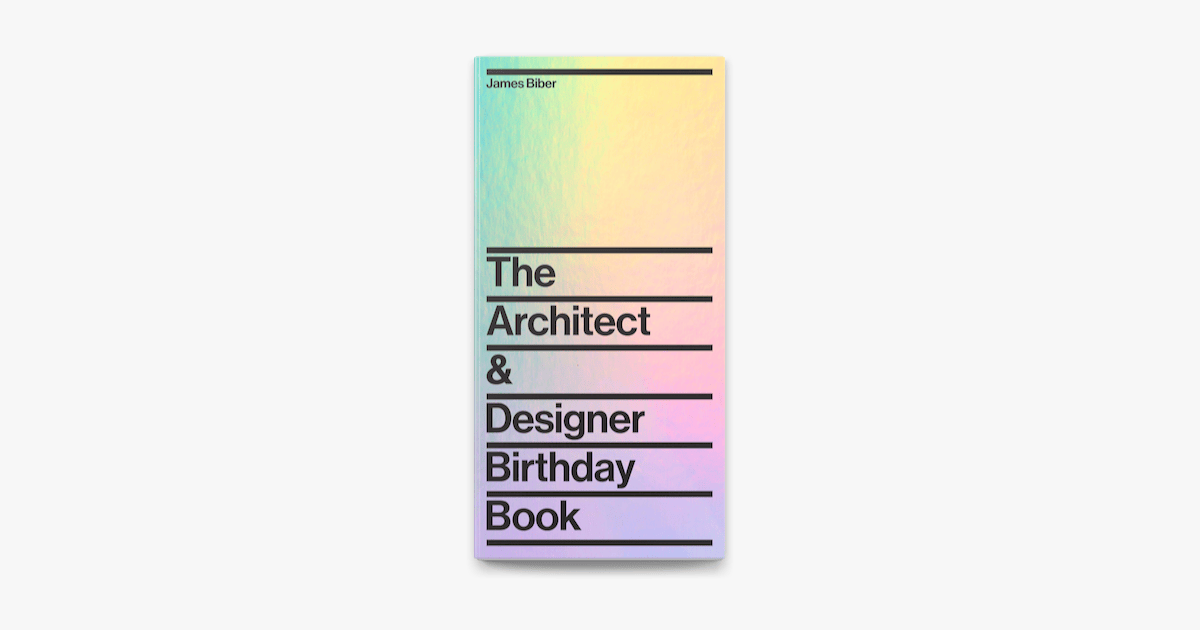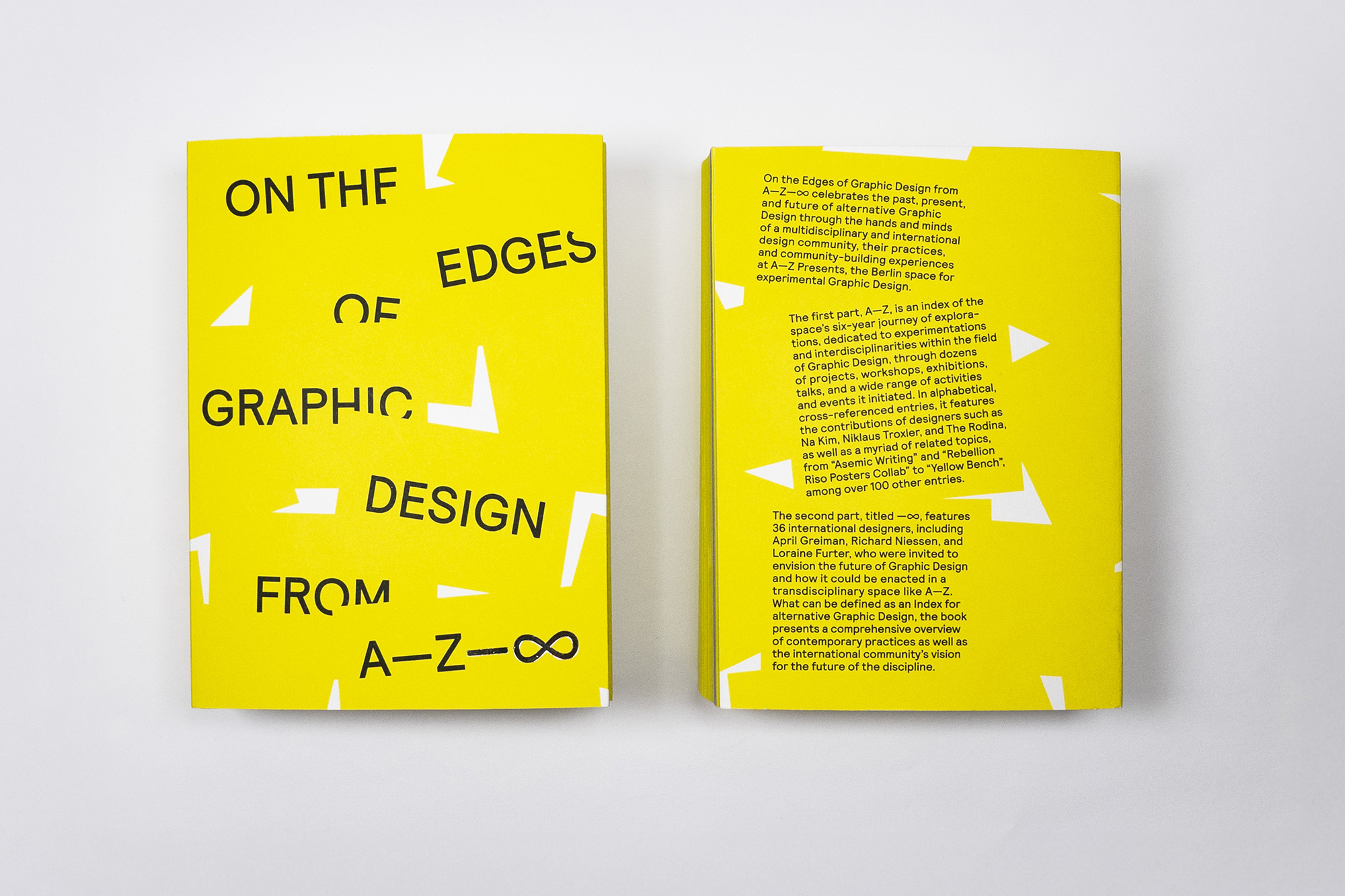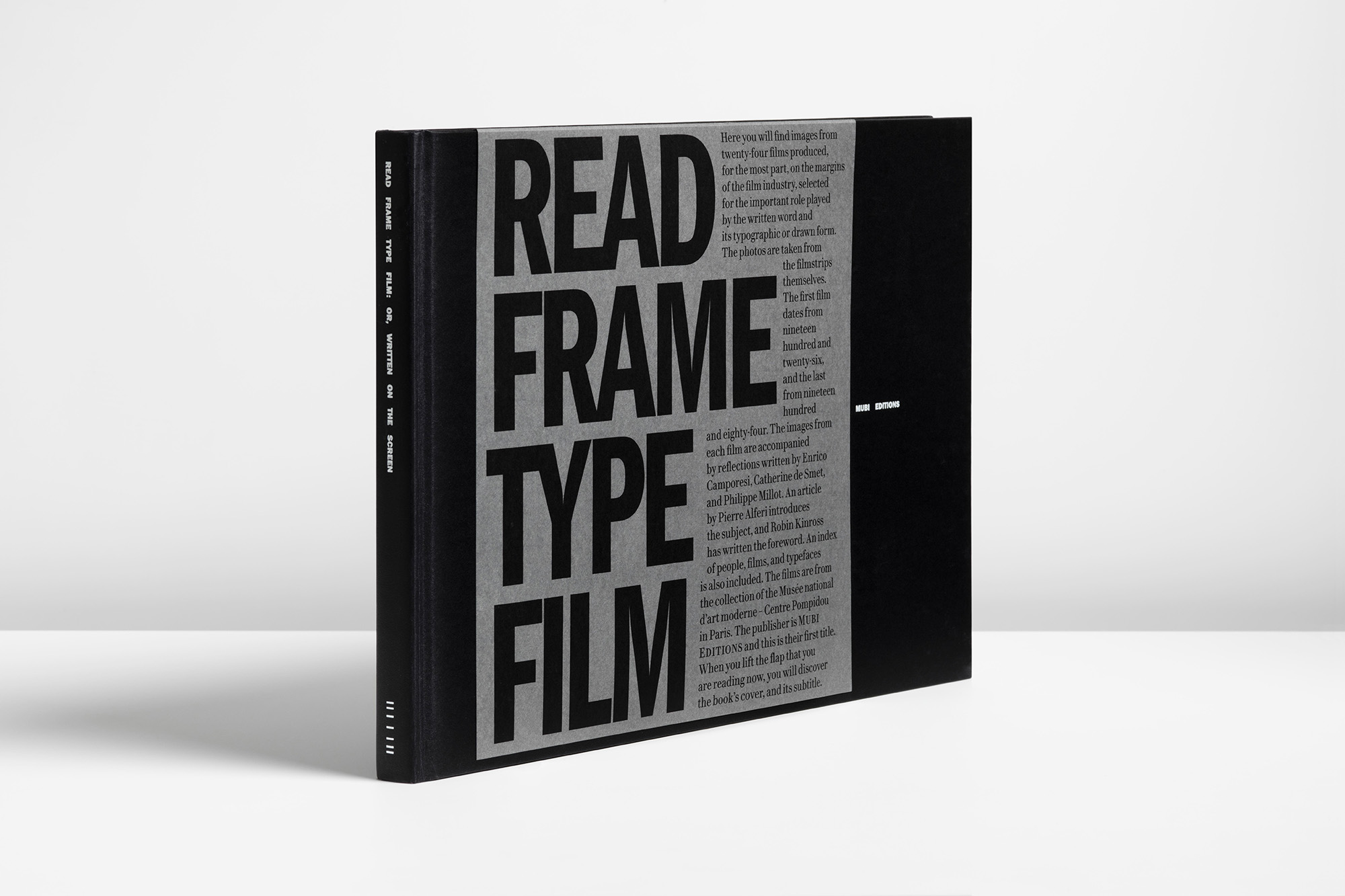On January 1, 2021, deep into the pandemic, the architect and former Pentagram partner James Biber started a daily ritual. Each day, he’d post an architect who had a birthday that day with a short text. Though he eventually added designers and artists, he somehow never ran out of names. This ritual became a way to pass time through the lockdowns and a way to connect with design history. It also became, now, a new book from Princeton Architectural Press, appropriately titled The Architect & Designer Birthday Book. Designed by his former partner at Pentagram Michael Bierut, the book is a fun and digressive look into designers, architects, sculptors, and thinkers from design history.
Light and playful while also highly informative, I was surprised how much fun I had paging through the book, seeking connections as I looked up the birthdays of everyone I knew. I asked James a few questions about the project, his process, and design history.
This book began as a pandemic project where in 2021, you posted daily on Instagram about a designer, artist, or architect who had a birthday that day. How did this start and how were you able to sustain it? When did the idea of turning this into a book happen?
It may be hard to remember how disorienting the pandemic was; I never seemed sure of what day of the week it was, much less the date! On January 1, 2021 I thought it would be salutary to develop a ritual, a metronome of time, to key me back into the rhythm I had lost in 2020. A daily bit of writing and research, attached to a ‘personal op ed’, featuring someone interesting to write about and post to Instagram seemed like something I could do for a week. Then for a month. Then the ritual started to own me and I didn’t stop until I completed the entire year. It was either a strong sense of commitment or a failure of imagination that pushed me to persevere, but along the way I realized that I have a strongly held opinion about absolutely EVERYTHING!
About mid-year into the project Michael Bierut, who was following the series, suggested that maybe this could be a book to which I responded “well, if you are offering to help then sure!”. He did more than help; Michael and his team designed the book, presented it to Princeton Architectural Press and secured a deal. I was busy with family health issues and when I surfaced, Pentagram had pretty much set the whole thing up, including the very tedious job of securing image rights. It was an amazing gift at precisely the right time for me.
The book mixes well-known designers with many I had admittedly never heard of. Tell me more about the research process, both for finding designers for each day and for writing about them.
I have often said that if, as an architect, I could schedule my projects at my convenience I would be the happiest architect imaginable! And if only architects had been born in a neat and even distribution across the calendar my job with this book would have been SO much easier!
Lots of architects share birthdays on virtually every calendar day, but frankly most architects just aren’t that interesting. I had originally included designers to fill out the demographic. Then artists when neither architect nor designer categories had anyone about whom I had something interesting to say. Occasionally I had to reach even further (like Les Paul, who designed the electric guitar) but even when the letter of the title didn’t apply, the spirit of the endeavor did.
The opposite happened frequently as well; piles of worthy architects all sharing a single day, forcing me to choose between, say, Richard Neutra and Jean Prouve. Or Frank Lloyd Wright and Bruce Goff. Or Venturi, Gaudi, Blake and Siza! (Prouve, Goff and Gaudi made the cut, but Neutra sneaks on with his son’s birthday, and Venturi on Denise Scott Brown’s.)
You don’t call this a history book, though in some ways it could be. Your essays for each designer, though, are more personal, with your reflections, ideas, and relationships included.
History can be remote, arcane, inside baseball. I was speaking (posting on IG) to a non-academic audience of creative people, not art history majors. History seems to me to be most interesting when it connects, when it is most human, most relatable, and most personal. When I attend architect’s talks I am interested in the anecdotal history of making work, not the philosophical underpinnings of the architect. On a recent tour of architecture in Japan, I found that I could judge the architecture from a formal point of view on my own, but the cultural insights provided by an expert (in that case a German architecture professor and author, who spoke fluent Japanese, was married to a Japanese woman, and who had made 40+ trips to Japan) were precisely the larger context that illuminated the work.
That was the spirit of the monologues I included with every posting. I maxed out the number of images permitted (10) and the number of characters allotted (2,200) to provide a small narrative, a mini essay on design, tying the art to the world in meaningful, relatable ways. Speaking in my own voice rather than one of stentorian authority made it clear that these were my views, not an attempt at objectivity. It was occasionally difficult to maintain that voice while being filtered through the Chicago Manual of Style, but I think it comes through. And one of the editors said she had never laughed as hard while editing a book, perhaps the highest praise of all!
You write in the introduction about the week in May when Florence Knoll, Walter Gropius, Dieter Rams, and Marcel Breuer have birthdays. Were there other historical ‘rhymes’ or interesting connections you found as you put the project together?
I designed a restaurant, Mesa Grill, in the early 90’s and when it came to artwork we just had no budget left. I found a stock photo house with catalogs of black and white images, but then discovered that we could only print a maximum of 48” in width without expensive splicing and retouching (this was pre-digital). I ‘solved’ that by stacking 2 images in an 8’ high frame and found that virtually any two images cobbled together start to imply a narrative. Globe and dice. Jet and suburbs. Smokestacks and whatever. I was accused of subversiveness because of what people read into the work, but I could have juggled the images and it would still work.
Every spread in the book generates some kind of eyebrow raising resonance, with two personalities facing off across the gutter. The images may click. The people may be an interesting duet. The eras may provide a contrast. Whatever it is, the juxtaposition seems to provide the dialog, implying some intentionality even when we know it is quite random.
On facing pages we find: Judith Turner and Jody Weston Thompson (2 remarkable women photographers one page and 16 years apart), Charles Eames and Warren Platner (Herman Miller vs Knoll), Justus Oehler and Woody Pirtle (graphic designers and Pentagram partners); Carlo Scarpa and Elge Renata Trincanato are back to back on a single page (contemporary Venetian architects in a cheek to cheek dance), Dieter Rams and Marcel Breuer face off. Louis Sullivan and Daniel Burnham (appearing together in Devil and the White City) are ‘birthday buddies’ as well! It’s the connection between otherwise random adjacencies that intrigue me.
I was delighted to learn I shared a birthday (July 2), with the architect Harwell Hamilton Harris, a modernist architect who I was unfamiliar with but lived and worked in Raleigh, North Carolina and taught, for a time, at NC State, where I currently live and work. Were there any personal connects that you discovered? Any research that changed how you thought about a particular figure in the book?
Nearly everyone, to some extent. Some were re-evaluated to their benefit, some less so. Ham Harwell Harris is a perfect example: I knew him as the educational genius who assembled a cadre of young, very bright architects at UT Austin, creating not just a formidable educational institution (The Texas Rangers, as they were called) but a lasting architectural pedagogy. But his life after that brief incandescence was filled with architecture both interesting and banal up to the last house he built for himself, the Box on Cox. That was a brief flare of the genius and final contribution to the field.
My own connection with him was discovering that at least 3 or 4 of the Texas Rangers ended up being my professors at architecture school, and at least 2 or 3 more were their students at UT. That kind of architectural DNA is why they will, in some form, live forever! I even reconnected, inadvertently, with one of them when Pentagram was seeking a photo permission and his only condition was dinner with me…when they asked why he said “because I was his first year architecture professor and I haven’t seen him in 50 years”! Dinner was amazing, and the river of DNA continues.
I noticed you included yourself on March 3. Are there any other historical figures you shared a birthday with who didn’t make the cut?
The architect Eva Jiricna shares my birthday, as do Michael Webb of Archigram, Alexander Graham Bell, photographer Arnold Newman, Beatrice Wood, Carlo Ponzi (of the Ponzi Scheme!), Jean Harlow and Lee Radziwill! Any of the first 4 would have been interesting, but author’s prerogative ceded me the page!
What else are you working on now that this book is out? After finishing it, do you think you have other book ideas in you now?
I do have another book I am working on, also about architecture and also a survey of sorts. Writing and publishing a book takes, I found out, more time than the average building! But you can’t mail a building to a friend, and architecture is impossible to do alone, so I am very happy to have found this side hustle. And I think I have convinced Michael that he has one more book design in him!
And I have one other set of essays, not on architecture at all, awaiting the time to fashion them into a book.
What are you reading right now?
Christine Coulson: One Woman Show. Miranda July: All Fours: A Novel. John Oakes: The Fast: The History, Science, Philosophy, and Promise of Doing Without.
The new book by the Crooked Media guys comes out the same day as mine, so likely will read that.
And I’m about to have shoulder surgery and be a bit less mobile for a few weeks, so I need a pile to work through. It’s like beach reading, but with a sling!




